Water Well Enhancement
Improving Water Production
Marginal or low-producing wells can increase water production through a process known as well enhancement. Well enhancement is similar to hydro-fracturing which was developed in the gas and oil fields.
Unlike hydro-fracturing, well enhancement only injects clean, potable (drinkable) water. Connecticut Valley Artesian Well Co Inc has been in business since 1951, and we began enhancing wells in 1985.
Steps of Well Enhancement
- An inflatable packer is lowered into the well on a 2-inch steel pipe.
- The packer is hydraulically inflated in the bedrock beyond the end of the well casing to seal the well from the surface.
- Up to 3,000 gallons of potable water is injected into the bedrock portion of the well with high-volume pumps capable of building up to 3,000 pounds of pressure. This is known as a set.
Creating New Water Passages
Water cannot be compressed. The potable water is forced into the cracks and crevices in the bedrock formation through dry seams to interconnect with wet veins of water.
This creates new passages to allow new water to flow into the borehole. Usually, two sets are done in a standard procedure to enhance the well. Typically, this increases the well's production from one to twelve gallons per minute (GPM).
If more water is desired, the well can be zoned enhanced. This is a process where the well is zoned off in 40 to 80-foot sections and each zone is individually pressurized. Zone enhancement is employed when larger volumes of water are needed.
Well enhancement is utilized on a low producing well or when insufficient water is obtained when the well is being drilled. The more bedrock that is exposed in the borehole the better the chances of improving the water supply.
Your Local Water Enhancement Experts
Call the water enhancement experts at Connecticut Valley Artesian Well Co today for your FREE estimate. We serve all of Connecticut and Massachusetts.
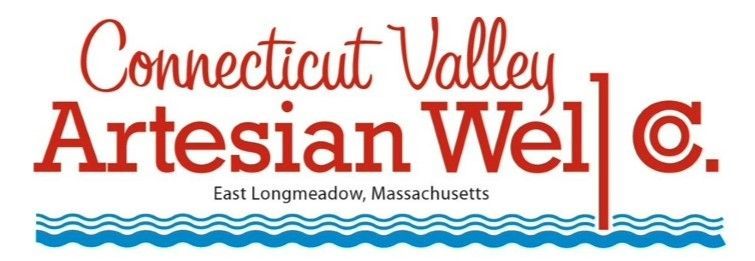
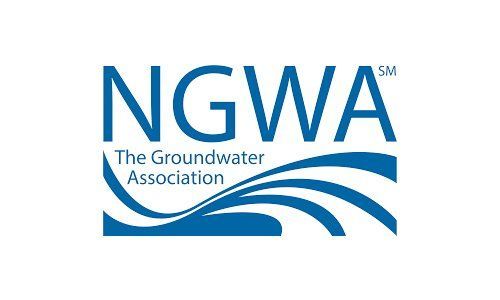
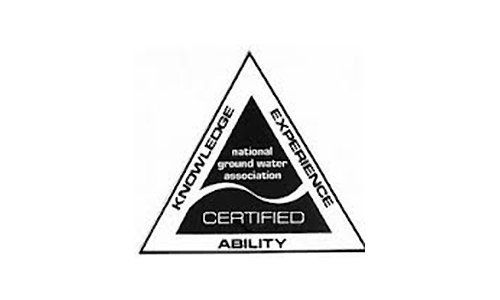

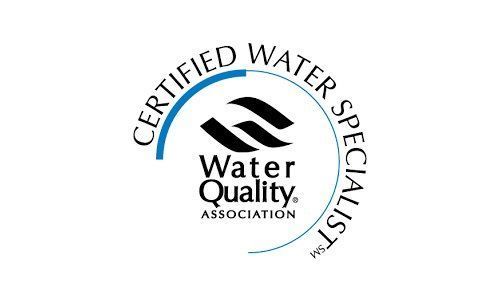

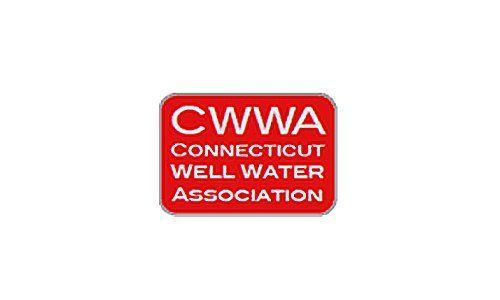
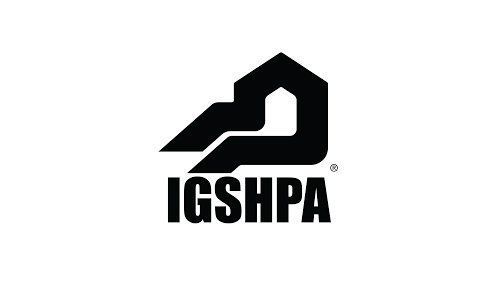

Share On: